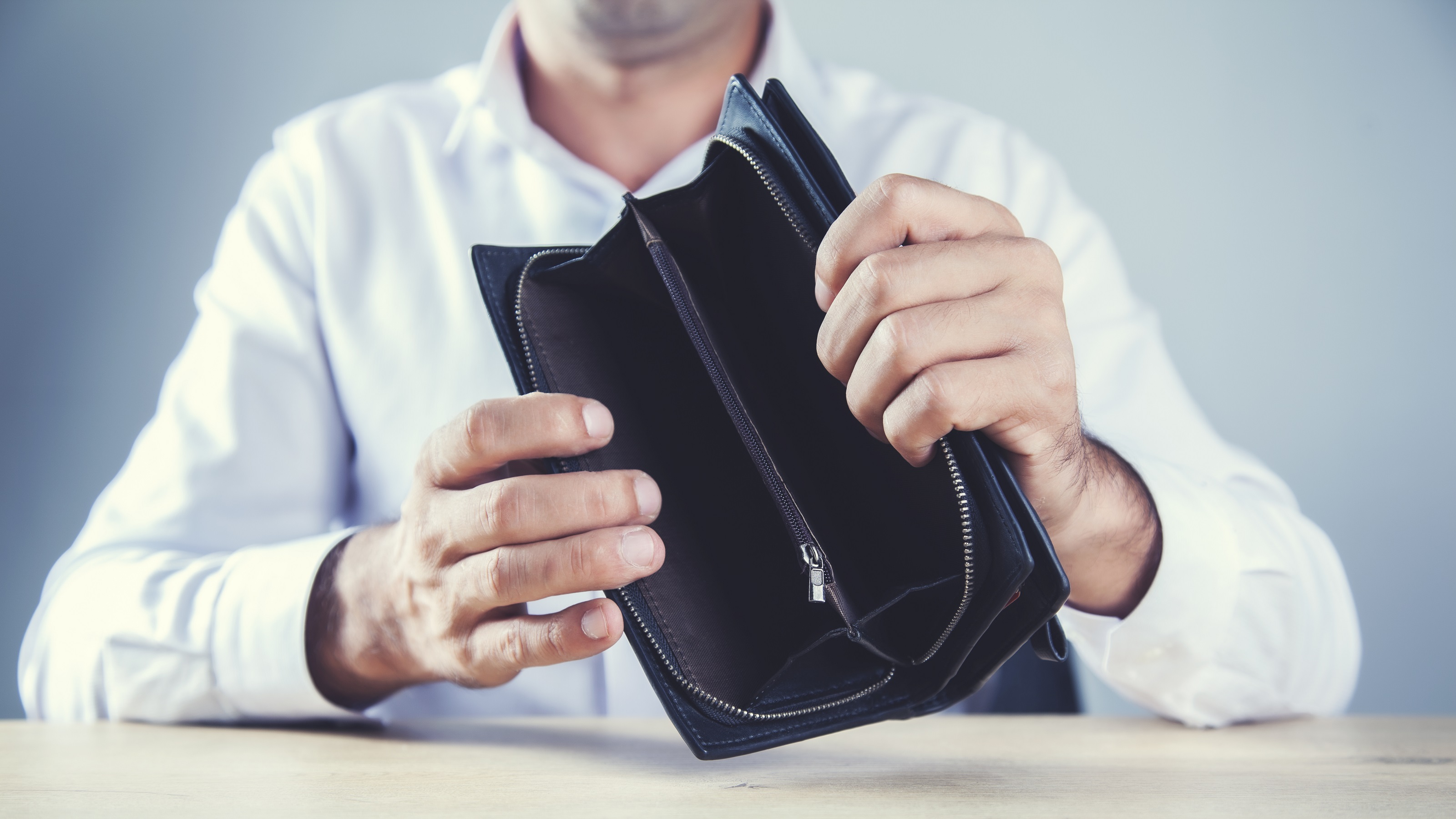Learn What the Fed's Eventual Rate Increase Means to You
Slightly higher loan payments and short-term market volatility are in the cards.

When it happens later this year—late October or December—the Federal Reserve’s first interest rate hike in over nine years won’t give the economy a sharp kick. It’ll be more of a gentle nudge, though significant.
The quarter-point rise in the federal funds rate from nearly zero will be the first in a series of small hikes aimed at normalizing monetary policy. The goal is to gradually move the benchmark borrowing rate to about 3% or 4% a year so it can be used as a tool to manage the economy’s health—rising if inflation threatens, lowering if spending needs a boost to support growth.
We expect a second increase next April or June, and a third later in 2016.

Sign up for Kiplinger’s Free E-Newsletters
Profit and prosper with the best of expert advice on investing, taxes, retirement, personal finance and more - straight to your e-mail.
Profit and prosper with the best of expert advice - straight to your e-mail.
For practical purposes, here’s what those actions will mean:
--The average five-year car loan, for $25,000, will carry a 4.85% interest rate by the end of 2016, adding $18 a month to the payment.
--The interest rate on a typical 30-year mortgage will jump to 4.6%, from 3.9% now.
--The prime rate, which banks charge their best business borrowers, will also grow, to 4% from 3.25% now.
In time, banks will also offer depositors a higher return on their money. But that won’t show up initially because banks will use the first increase to improve their margins.
For investors, the speed of the increases matters most. If this year’s hike is followed by another in March, that could signal that the Fed will raise rates about three times a year over the next few years. We think a more leisurely two increases a year is more likely unless economic growth or inflation picks up significantly.
That’s based on Fed Chair Janet Yellen’s comments in June, and again in September: “Let me emphasize that the importance of the initial increase should not be overstated: The stance of monetary policy will likely remain highly accommodative for quite some time after the initial increase in the federal funds rate.”
Yellen has constantly emphasized having to see labor market improvement before raising rates. Now that improvement is here, she will want to carefully evaluate the impact of each rate hike before doing another one, lest the Fed raise too quickly and hinder the improving momentum of the economy.
Another reason for keeping rates low: Fears of a global slowdown centered on China threaten to push up the value of the U.S. dollar. It’s already up 17% over the past year, depressing U.S. exports and increasing U.S. imports. The Fed wants to avoid making the dollar even more attractive with higher interest rates on Treasury notes.
The rate increases won’t bring an end to the long-running bull market, though it may seem that way because stocks are particularly skittish in the months before and after initial hikes, says BMO Capital Markets chief strategist Brian Belski. He notes seven such tightening cycles since 1982. In each case, the Standard & Poor’s 500 stock index has pulled back significantly in the months around the first hike, including the 34% drop during the 1987 bear market, in advance of a Fed rate-hiking cycle that began in March 1988 and a 14% drop begun in October 1983, a little more than six months after the Fed began another cycle of rate increases.
One year after the initial hikes, stocks were up every time, “suggesting that these periods of weakness were only bumps in the road,” says Belski. The average gain one year out is 6%, below the average annual gain for the S&P, but nonetheless positive. And from the first rate hike through the last in each tightening cycle, stocks rose an average 21% as investors focused on the economic growth that both precipitated and accompanied rising interest rates.
Glenn Somerville and Anne Kates Smith contributed to this report.
Get Kiplinger Today newsletter — free
Profit and prosper with the best of Kiplinger's advice on investing, taxes, retirement, personal finance and much more. Delivered daily. Enter your email in the box and click Sign Me Up.

David is both staff economist and reporter for The Kiplinger Letter, overseeing Kiplinger forecasts for the U.S. and world economies. Previously, he was senior principal economist in the Center for Forecasting and Modeling at IHS/GlobalInsight, and an economist in the Chief Economist's Office of the U.S. Department of Commerce. David has co-written weekly reports on economic conditions since 1992, and has forecasted GDP and its components since 1995, beating the Blue Chip Indicators forecasts two-thirds of the time. David is a Certified Business Economist as recognized by the National Association for Business Economics. He has two master's degrees and is ABD in economics from the University of North Carolina at Chapel Hill.
-
 Could a Golden Visa Be Your Ticket to Retiring Abroad?
Could a Golden Visa Be Your Ticket to Retiring Abroad?Trump and DOGE are weighing a U.S. "Gold Card" that would let the wealthy emigrate to the U.S. for a fee. But golden visas have been around for years worldwide. Here's how they work.
-
 Running Out of Money in Retirement: Nine Steps to Reduce the Risk
Running Out of Money in Retirement: Nine Steps to Reduce the RiskQuit worrying about money and enjoy a carefree retirement. Sounds good, right? Well, if you follow these nine steps from a financial adviser, you could be on your way to that goal.
-
 The Economic Impact of the US-China Trade War
The Economic Impact of the US-China Trade WarThe Letter The US-China trade war will impact US consumers and business. The decoupling process could be messy.
-
 AI Heads to Washington
AI Heads to WashingtonThe Kiplinger Letter There’s big opportunity for AI tools that analyze MRIs and other medical images. But also big challenges that clinicians and companies will have to overcome.
-
 The AI Doctor Coming to Read Your Test Results
The AI Doctor Coming to Read Your Test ResultsThe Kiplinger Letter There’s big opportunity for AI tools that analyze CAT scans, MRIs and other medical images. But there are also big challenges that human clinicians and tech companies will have to overcome.
-
 The New Space Age Takes Off
The New Space Age Takes OffThe Kiplinger Letter From fast broadband to SOS texting, space has never been more embedded in peoples’ lives. The future is even more exciting for rockets, satellites and emerging space tech.
-
 Rising AI Demand Stokes Undersea Investments
Rising AI Demand Stokes Undersea InvestmentsThe Kiplinger Letter As demand soars for AI, there’s a need to transport huge amounts of data across oceans. Tech giants have big plans for new submarine cables, including the longest ever.
-
 What DOGE is Doing Now
What DOGE is Doing NowThe Kiplinger Letter As Musk's DOGE pursues its ambitious agenda, uncertainty and legal challenges are mounting — causing frustration for Trump.
-
 A Move Away From Free Trade
A Move Away From Free TradeThe Letter President Trump says long-term gain will be worth short-term pain, but the pain could be significant this year.
-
 Trump’s Whirlwind Month of Crypto Moves
Trump’s Whirlwind Month of Crypto MovesThe Kiplinger Letter The Trump administration wants to strengthen U.S. leadership in the cryptocurrency industry by providing regulatory clarity.